The 3 Rs of Sustainability
Most people will recognize the title of this blog as a cornerstone approach to pursuing sustainability. Reduce, reuse, or recycle represents three different approaches for resource management that if instituted wisely diminish resource consumption in an operation or household. In my experience, recycle is the step that seems to get the most attention and is also practiced (considered) more frequently than the other practices. But these “3 Rs” are not just arbitrarily ordered so they roll off the tongue. The ordering represents a hierarchy of benefit whereby reducing resource consumption is most beneficial, reusing resources is next, and recycling is the benefit offering the lowest ranking return when seeking to decrease resource consumption.

Drury Reduces & Recycles
Reducing our resource consumption upfront will be our greatest step towards sustainability. In the past several years we have taken the same steps many operations have by reducing water consumption for irrigation and decreasing the amount of chemicals we apply to the landscape. A step that is a little more painful is reducing the frequency of purchasing major new equipment (trucks, mowers, UTVs). We also have changed our maintenance practices and zone expectations to diminish the intensity of operations without decreasing takeaway quality.
Here at Drury University we have a fair recycling operation. In 2006 I was in an Environmental Science class with a fellow student that was single-handedly pushing recycling for our campus. Through her efforts, each building received several receptacles for the recycling of paper, aluminum, and plastic. Until recently Drury partnered with a number of organizations to host a recycling center for the use of the downtown Springfield area. In addition to many single stream dumpsters on campus, Drury also takes recyclables to an enhanced City of Springfield recycling center nearby our campus. We are in the process of evaluating our recycling, so we can increase participation and waste diversion.
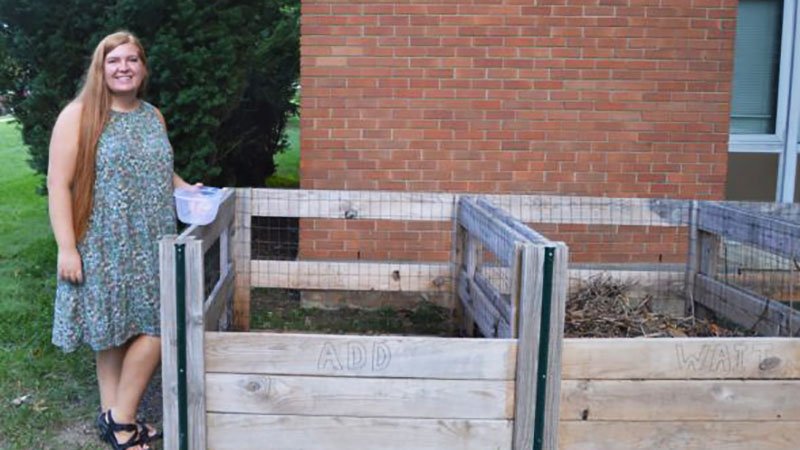
Drury Reuses
Reusing materials is another leg of the 3 Rs that Drury University incorporates into our maintenance. Drury Grounds has several composting bins throughout campus that are used by us and students. These three-bin systems are not only effective for household and yard gleanings but are also good looking enough to place unobtrusively on campus. I have blogged elsewhere about how we use obsolete architectural stone from razed buildings in our gardens. One other way that Drury reuses materials is by using our limb chip as mulch on campus. Because large trees are the signature of our campus grounds, we generate large amounts of chip in just normal tree care operations, not to mention during removals. This limb chip allows us to close our organic waste stream, but also provides “heritage mulch” for us.
Tree Failure Results in Reduce, Reuse, Recycle Opportunity
In July 2018, Drury lost a large oak tree from the heart of our campus. This tree was blown over in a thunderstorm having peak straight-line winds of 74 MPH. In an interesting aside, a post failure autopsy revealed the likely cause of failure was due to damage sustained by the tree during the 2007 Ozarks ice storm. A large wound (see photo below) allowed a column of decay to travel into the root flare where it impacted enough of the buttress roots resulting in instability. Tree physics requires all forces acted upon the tree to ultimately travel to the roots where they are dispersed into the ground. In this case, the torque on the tree caused root failure and the tree toppled.
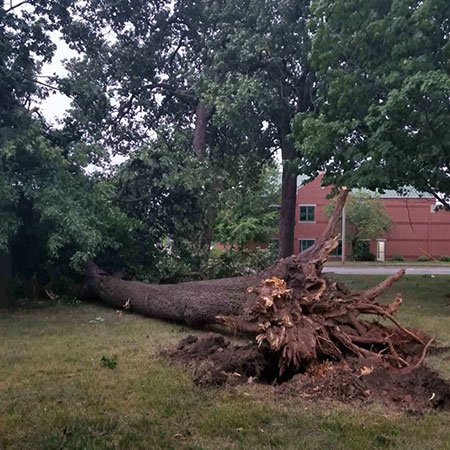
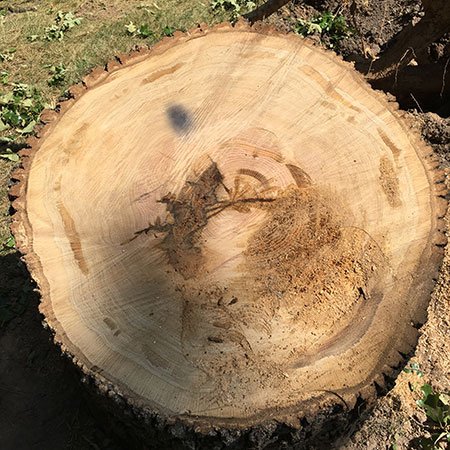
Despite being greatly saddened by the loss of this tree, we immediately realized we had an opportunity to sustainability efforts into practice. First, we would reduce (to zero) the amount of tree refuse that would leave our campus. All tree branches and major branches would be passed through a chipper to create mulch. Next, we contacted a saw-milling business we had used before to take the large trunk sections and mill them into lumber that we could reuse/recycle. This is a very sustainable step and also generated nearly 1200 board feet of excellent oak lumber. The trunk base/root flare was placed in a native area on campus where it will be allowed to fulfill its life cycle through decomposition.
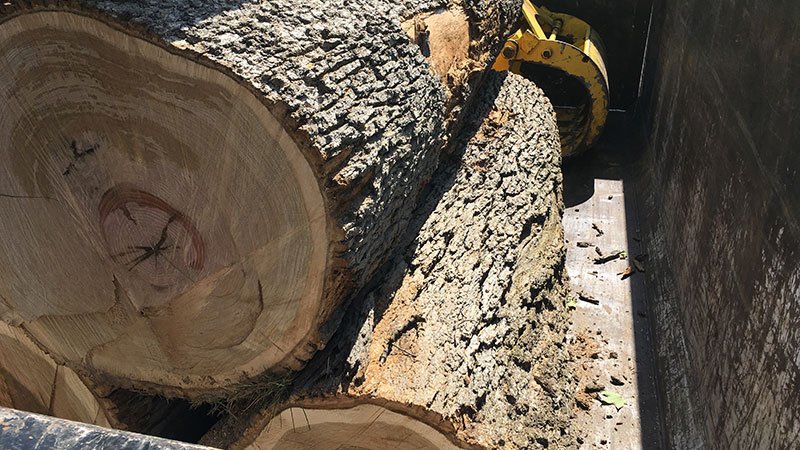
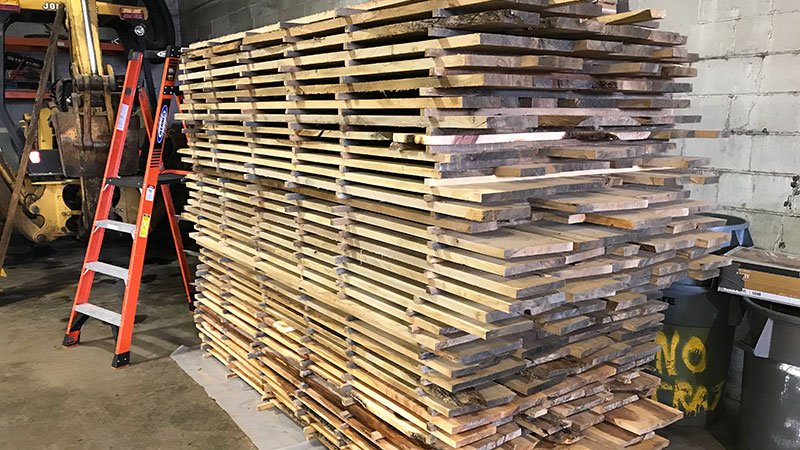
Sustainability Pays
Reduce/reuse/recycle doesn’t solve all our grounds management problems. But it does provide an additional avenue for pursuing a more environmentally compatible operation. It also demonstrates to Drury University associates we take our sustainability charge seriously and are constantly seeking ways to deepen our resource conservation practices. The 3 R’s are a well-known approach to conservation and waste diversion. By practicing these steps in our campus landscape management, Drury Grounds provides leadership and hope to our community and hopefully spur others to greater 3 Rs commitment.


1 Comment
Recommended Comments